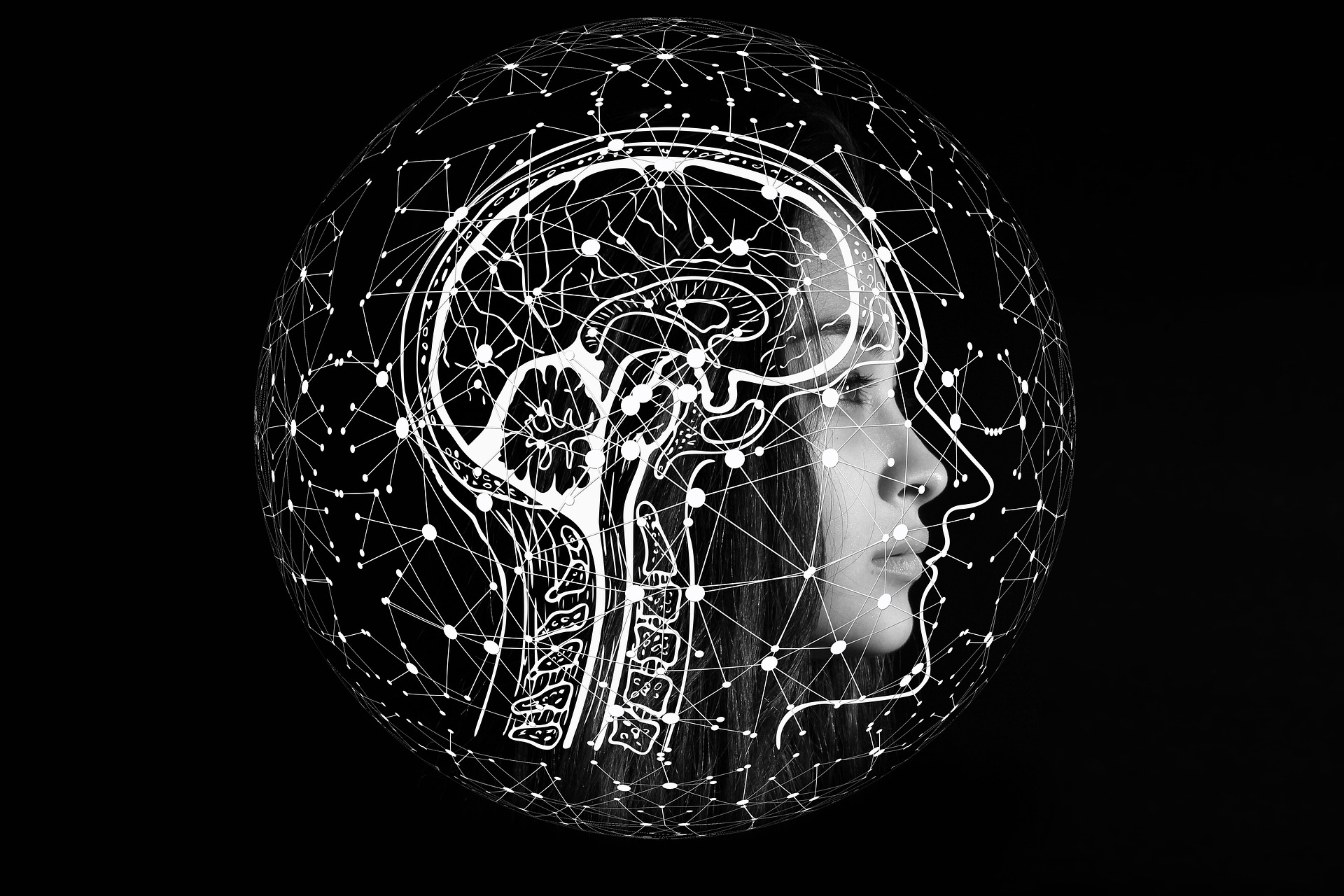A Study On Psychedelic Finds Ego in Default Mode Network

Before diving in, please note: This post is for informational purposes only. If you’d like to know more about how we approach topics, feel free to check out our friendly Disclaimer Page.
Hey there, amazing readers! 🖐️ Just a quick note: yes, we know there are a lot of ads here. Trust us, we get it—it’s not the prettiest look, but they help us keep this blog alive and kicking. Those pesky little ads cover the costs of all the behind-the-scenes magic, from hosting and tech stuff to creating content we hope you’ll love.
We’re committed to delivering quality posts, and your support (even just sticking around despite the ads) means everything to us. So, bear with us, and thanks for helping us keep the good vibes rolling. Now, on to the fun stuff! 😉
TRANSLATE BUTTON AT THE END OF THE ARTICLE
Researchers who research psychedelics now find themselves in the middle of a scientific renaissance as social stigmas around their work begin to slip away and the science itself begins to provide meaningful findings.
The Default Mode Network (DMN), which seems to be the brain system that is accountable for our ego, is one potential finding that might have a ground-breaking impact.
What Role Does the Default Mode Network Play in the Evolutionary Process?
Dr Robin Carhart-Harris, a young and sophisticated physician who is leading psychedelic research at London’s Imperial College, is one of the most well-known figures in the field of psychedelic science today.
David Nutt, a famous neuropsychopharmacologist, recently made headlines for his work with government-sanctioned psilocybin, the hallucinogenic element in magic mushrooms.
Carhart-Harris is one of Nutt’s proteges, and she is now studying under him.
The group thought, along with the well-known psychedelic enthusiast and founder of the Beckley Foundation, that the psychedelic experience was the consequence of increased cerebral blood flow.
They felt that this would promote excitement and activity in dormant portions of the brain.
Amanda Fielding (the founder) also contributed to this theory.
Instead, they discovered that both blood flow and activity levels had significantly decreased.
After being perplexed by the findings, the researchers investigated oxygen consumption and found some support for their hypothesis when they discovered that some regions of the brain required a higher concentration of the nutrient.
However, there was still a detectable decline in one part of the brain called the DMN, which was important for almost every brain function.
The default mode network (DMN) is a network of areas in the brain that sits at the top of our cognitive hierarchy.
It has the ability to influence and often suppress other portions of the brain, particularly those sections of the brain that are responsible for emotion and memory.
The default mode network (DMN) is a regulatory function hub that is predominantly composed of the prefrontal cortex, the posterior cingulate cortex, and the inferior parietal lobe.
It is situated in the middle of the brain.
It is thought that the DMN is where our “ego,” or the portion of our brain that is responsible for judgment, tolerance, reality checking, and a sense of self, resides.
Freud coined this region the “ego.”
Michael Pollan writes in his book “How to Change Your Mind” that it is frequently referred to as the “me” network and that it has been found to light up when a person is given a list of adjectives to contemplate in relation to their own sense of self-identity.
In addition, it illuminates us while we are daydreaming, magically thinking, engaging in self-reflection, or receiving likes on Facebook.
When there is no job currently being worked on, it will activate “by default.”
This network, which Carhart-Harris refers to as the “orchestra conductor” or “business CEO” of the brain, is responsible, according to her, for ensuring that messages do not get disrupted or interfere with one another.
According to Freud, the ego restrains the chaotic energies of the id, and Pollan parallels this to the DMN’s ability to maintain tight links on brain activity that has been created over the course of our adult lives.
Carhart-Harris states that he thinks the DMN may have been an evolutionary mechanism since it doesn’t become active until later in a child’s development, which is normally around the age of five in most cases.
He bases this belief on the fact that the DMN doesn’t become active until later in a child’s development.
As we get older, we have a tendency to apply the lessons we’ve learned in life to construct “algorithms” that will help us react appropriately in a variety of scenarios that arise during the day.
As we grow older, our habitual connections become more deeply established, and as a result, our vision of reality is colored and distorted by these connections.
Aldous Huxley referred to this phenomenon as the decreasing valve of ordinary perception.
In this process, a trickle of information is filtered from all of the stimuli that are entering the brain.
This valve, or filtration, or whatever you want to call it most likely developed to preserve energy so that humans could use it rarely and save energy for other activities.
You may call it anything you want.
Our brains have to depend on judgments and observations at face value in order to handle all of the information that they get on a daily basis in an effective manner.
Explore the Path to Spirituality and Enlightenment – Start Here.
This requires them to differentiate between circumstances that may pose a threat and those that are not dangerous.
“Every single one of us has the capability of becoming the mind at large.” However, given that we are animals, our first concern is to ensure our own survival at whatever cost.
It is necessary for the mind at large to be reduced in size by way of the nervous system and the brain in order to allow for the possibility of biological survival.
What emerges on the other side is a little trickle of the type of awareness that will assist us in maintaining our physical existence on the surface of this specific planet.
The author, Aldous Huxley
But in today’s contemporary culture, that process of continual filtering has the potential to become problematic, cutting off our thoughts from a variety of possible outcomes and possibilities.
This, in turn, inhibits creative potential and contributes to the development of a myopic worldview.
In fact, research conducted by NASA discovered that 98 percent of us are creative geniuses at birth, but by the time we reach maturity, just two percent of the population falls into that group.
Could the DMN provide an explanation for this?
When the DMN is Turned Off, There is a Dissolution of the Ego
Marcus Raichle’s imaging of the cerebral cortex in 2003 using state-of-the-art functional magnetic resonance imaging (fMRI) technology was how the DMN was first uncovered; it had been identified by accident in 2001.
The same technique was employed by the researchers at Imperial College on people who were under the effects of psychedelics, but they combined it with magnetoencephalography, also known as MEG imaging.
Additionally, it was used by Judson Brewer at the University of Massachusetts Medical School in order to photograph the brain activity during various phases of profound meditation.
Both research groups came to the conclusion that, when these states were generated and participants experienced ego disintegration, the DMN shut down.
It wasn’t really a surprise when MEG and fMRI scans revealed that egoic brain activity corresponds directly with DMN activity since the breakdown of the ego is an event that is recounted by people who have used psychedelic drugs and experienced meditators.
According to Pollan, “it seems that when activity in the DMN drops down dramatically, the ego momentarily disappears, and the typical boundaries we sense between self and the outside world, subject and object, all melt away.”
When we attempt to quiet the never-ending stream of ideas and thoughts that go through our brains, we have what Buddhists often refer to as the “monkey mind.” This is the internal chatter that might cause us to make poor decisions.
And the monkey mind… you got it, it’s likely the DMN flares up when the brain has nothing else to do, reverting to thoughts of a fight over something trivial that you had with your significant other a year ago.
It might take years, or even decades, for many people to be able to quiet the inner chatter, but the rewards are immeasurable for those who are successful in doing so.
But if one does not have the patience, willpower, or time to dedicate to a life of meditation, recent research has discovered that the psychedelic experience, under the supervision of a medical professional and under the correct conditions, may generate the same impact, allowing for new connections to be created inside the brain.
Our individual mental states may be located anywhere along a scale of entropy, which is another aspect of Carhart-Harris’ theory.
Entropy may be thought of as a measurement of how close a system is to reaching a state of complete disorder or chaos.
On the scale developed by Carhart and Harris, high-entropy mental states include those that are experienced when under the influence of psychedelics, early psychosis, infant awareness, and creative or divergent thinking.
At the low-entropy end of the spectrum are states such as restricted or inflexible thinking, addiction, obsessive-compulsive disorder, sadness, and unconsciousness.
As we get older, our brains establish connections that are “tenser” because the reduction valve of perception leaks information at a slower rate.
Carhart-Harris argues that this might result in situations of despair since the valve eliminates a variety of alternatives, causing us to become more introverted and cut off from the world.
Ego finally “gradually shadows out reality” and “turns on itself,” as the expression goes.
A psychedelic experience raises the level of entropy in the brain, which relaxes those connections and opens the mind to a flood of possibilities.
Many of these possibilities might be perplexing or peculiar, which is why psychedelic users often have hallucinations and unusual ideas.
But this might explain why recent studies discovered that psilocybin from magic mushrooms can treat depression and operate as a reset mechanism in the brain, or that high doses of ayahuasca or ibogaine can cure heroin and cocaine users of a lifetime of addiction to those substances.
Not only may an influx of different mental states and prospective realities help folks escape despair, but it can also encourage creative thinking and invention in those who experience it.
A viewpoint that is narrow-minded and an instantaneous dismissal of ideas that seem fanciful are two of the most significant obstacles to creative thinking.
But you have no need to feel guilty about it since the DMN is to blame.
Since Steve Jobs credited LSD for his success in starting Apple, CEOs in Silicon Valley have been extolling the creative brilliance found in the psychedelic experience.
This is because Steve Jobs credited LSD for his accomplishments.
However, it is important to keep in mind that psychedelics are not something to be used carelessly.
It is not an accident that early-stage psychosis is located on the same end of Carhart-Harris’ entropic brain scale as psychedelics; this placement makes perfect sense.
When not used appropriately and with reckless abandon, psychedelics have the potential to wreak havoc on the mind and, in very rare cases, cause long-term psychiatric harm.
The guy who developed LSD, Albert Hoffman, said that there were times in his life when he felt sorrow for the harm that the drug’s unrestricted usage caused.
We may, however, use these substances to our benefit if we stop thinking of them as recreational drugs and start seeing them more as tools or medicines.
Findings of networks such as the DMN will surely lead to a deeper knowledge of our thoughts and the potential to live enlightened lives as research continues to dissect and comprehend the ways in which they effect our cognitive function.

The Enlightenment Journey is a remarkable collection of writings authored by a distinguished group of experts in the fields of spirituality, new age, and esoteric knowledge.
This anthology features a diverse assembly of well-experienced authors who bring their profound insights and credible perspectives to the forefront.
Each contributor possesses a wealth of knowledge and wisdom, making them authorities in their respective domains.
Together, they offer readers a transformative journey into the realms of spiritual growth, self-discovery, and esoteric enlightenment.
The Enlightenment Journey is a testament to the collective expertise of these luminaries, providing readers with a rich tapestry of ideas and information to illuminate their spiritual path.
Our Diverse Expertise 🌟
While our primary focus is on spirituality and esotericism, we are equally passionate about exploring a wide range of other topics and niches 🌍📚. Our experienced team is dedicated to delivering high-quality, informative content across various subjects ✨.
To ensure we provide the most accurate and valuable insights, we collaborate with trusted experts in their respective domains 🧑🏫👩🏫. This allows us to offer well-rounded perspectives and knowledge to our readers.
Our blog originally focused on spirituality and metaphysics, but we’ve since expanded to cover a wide range of niches. Don’t worry—we continue to publish a lot of articles on spirituality! Frequently visit our blog to explore our diverse content and stay tuned for more insightful reads.






